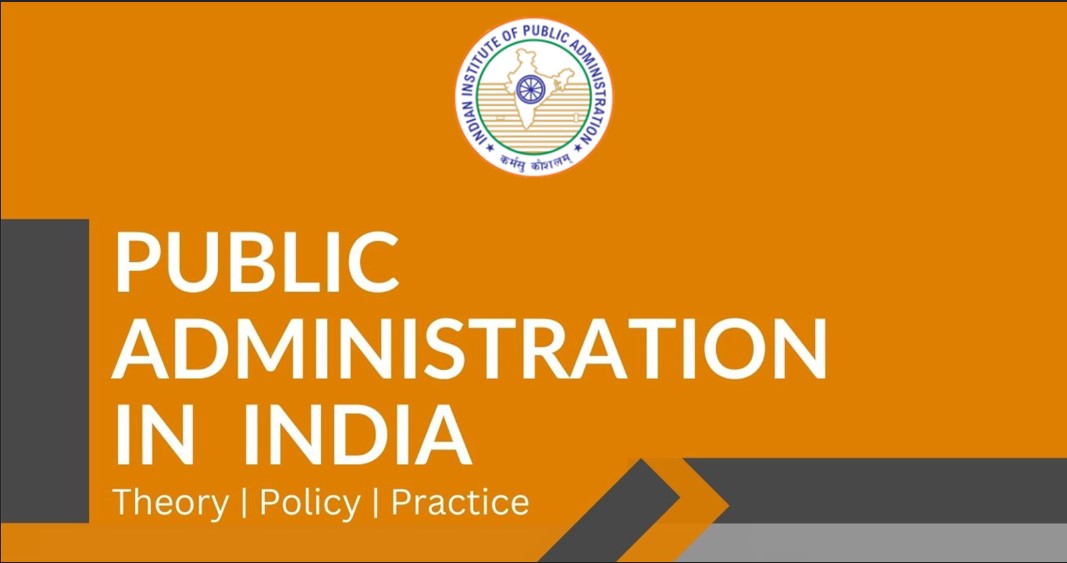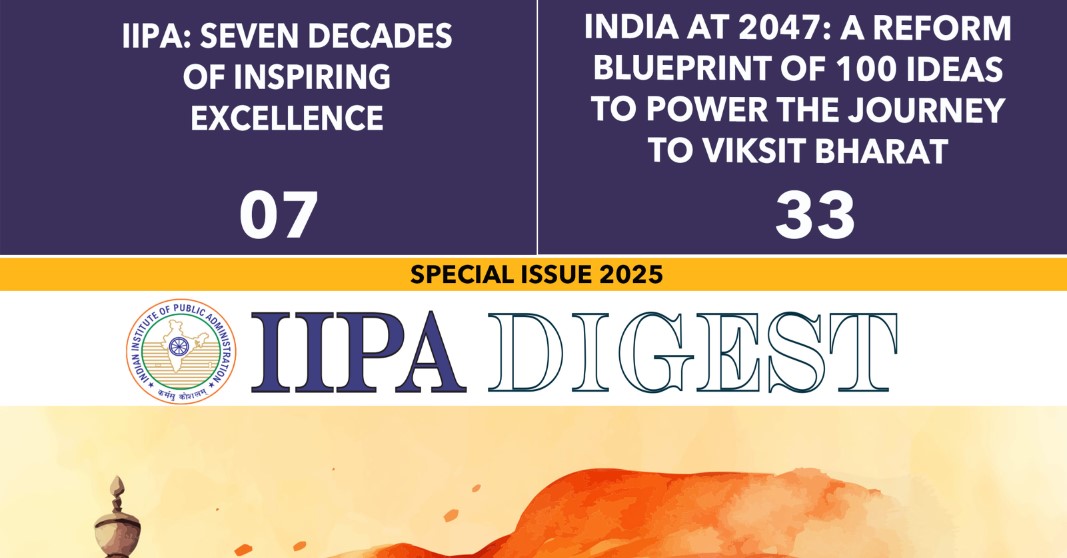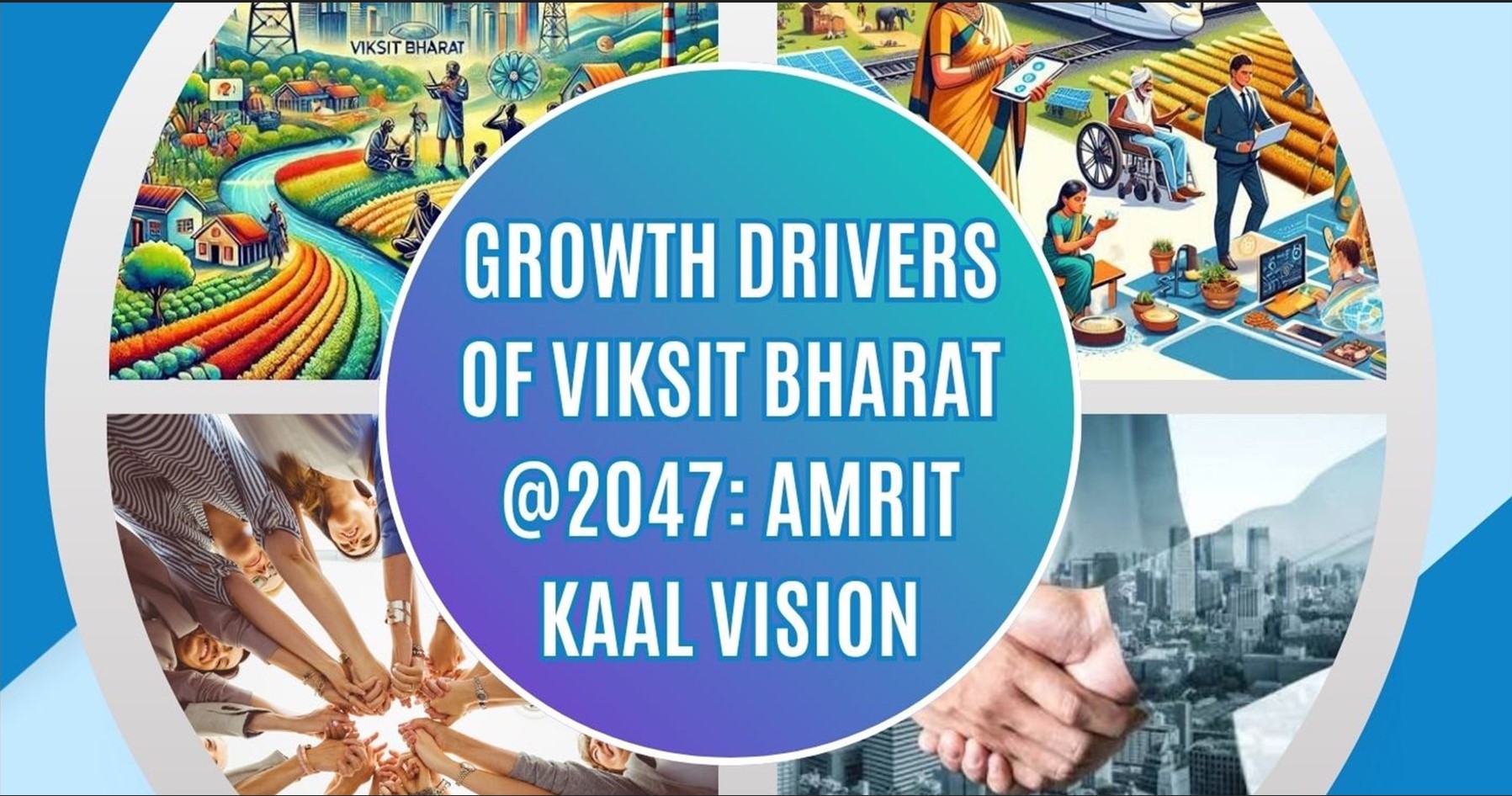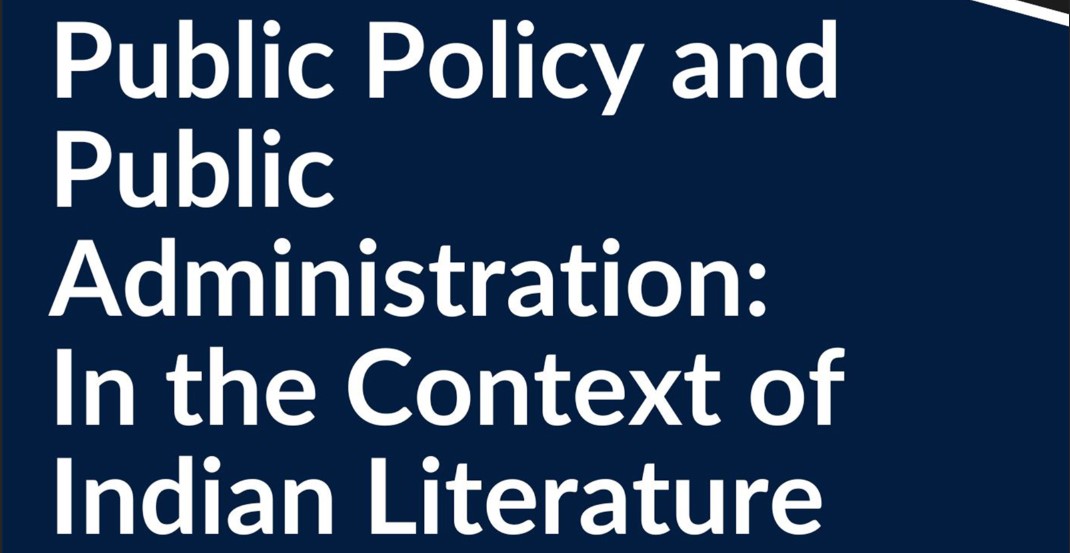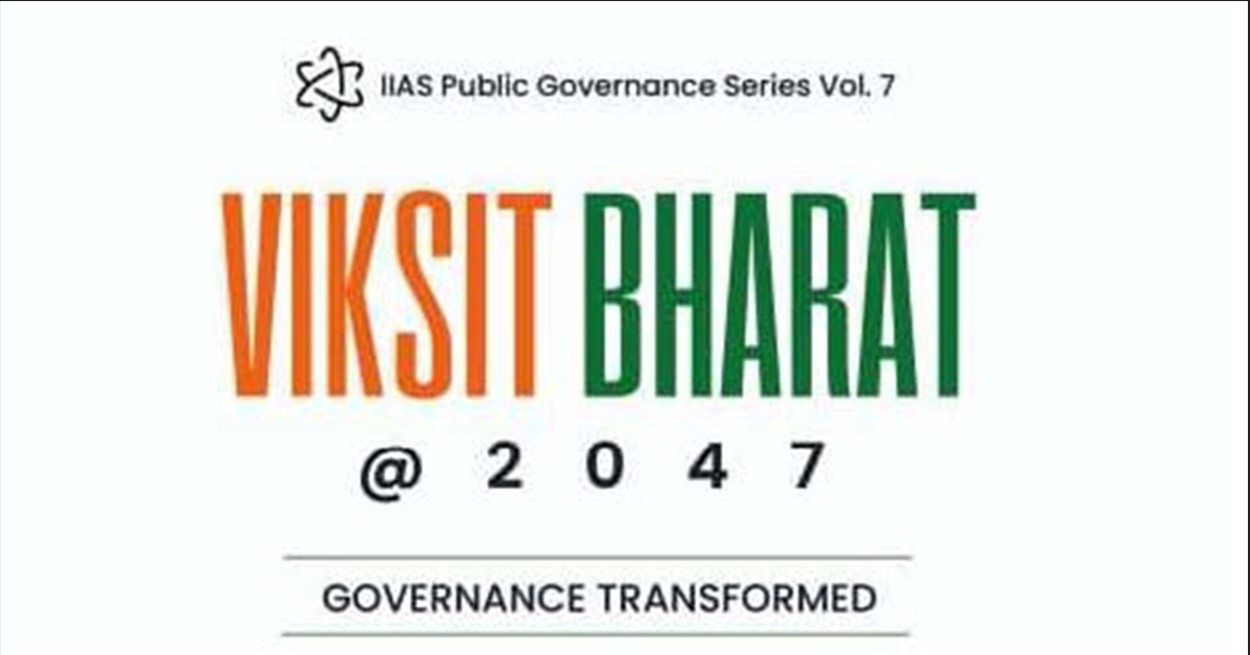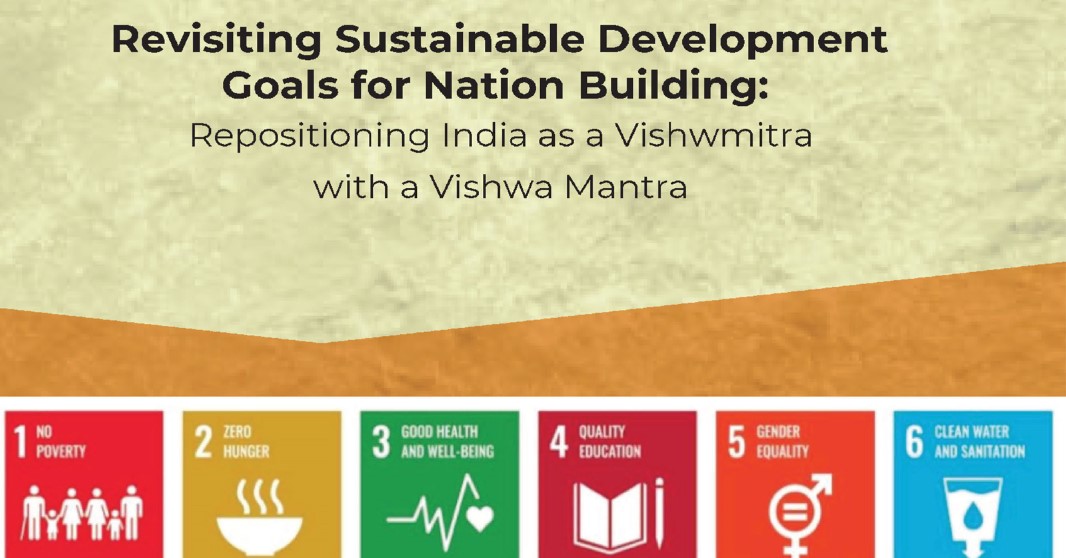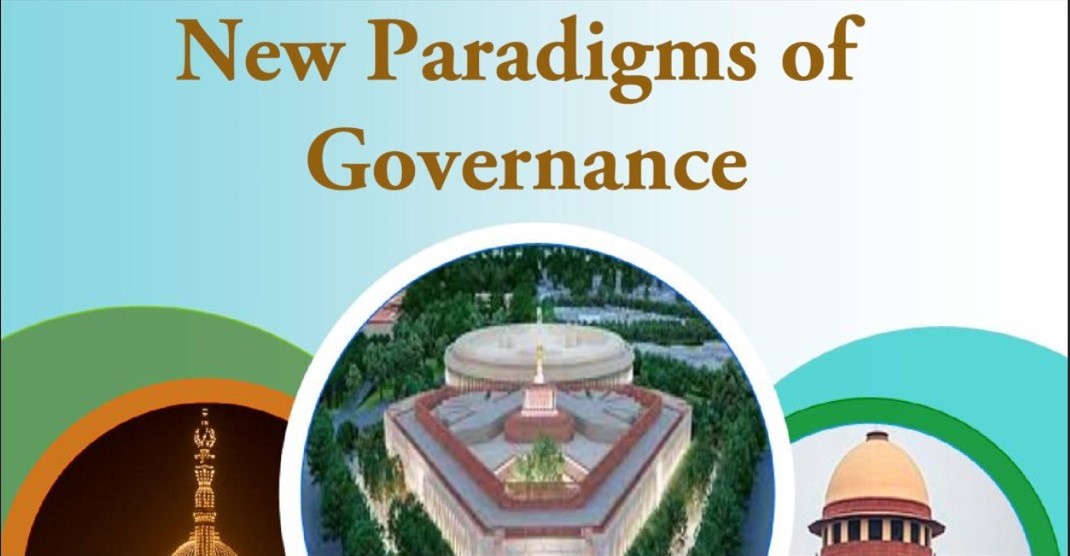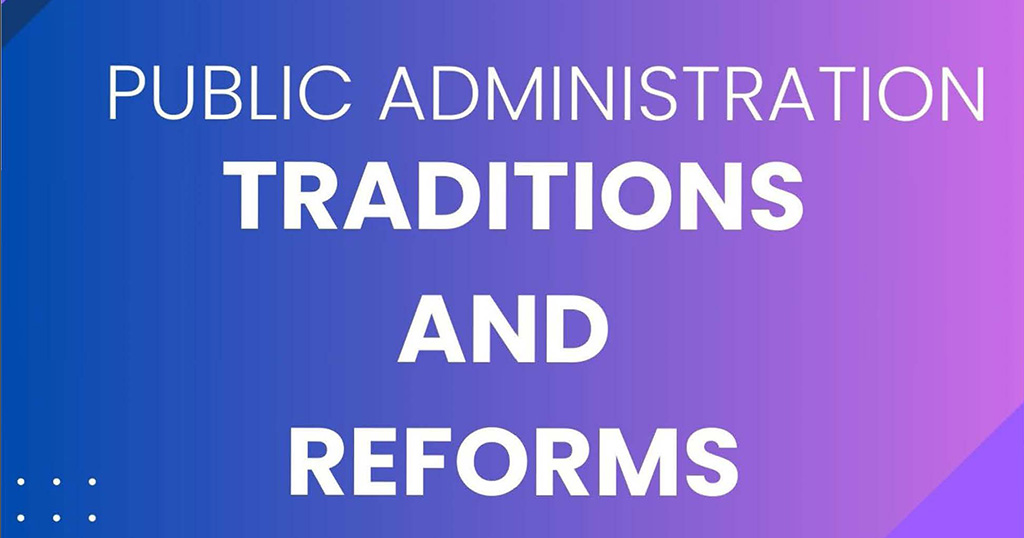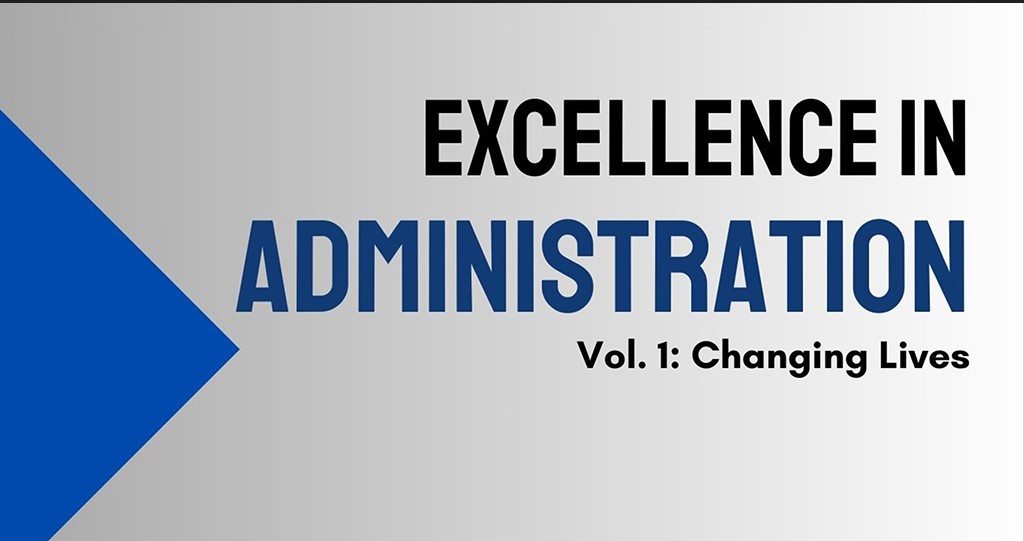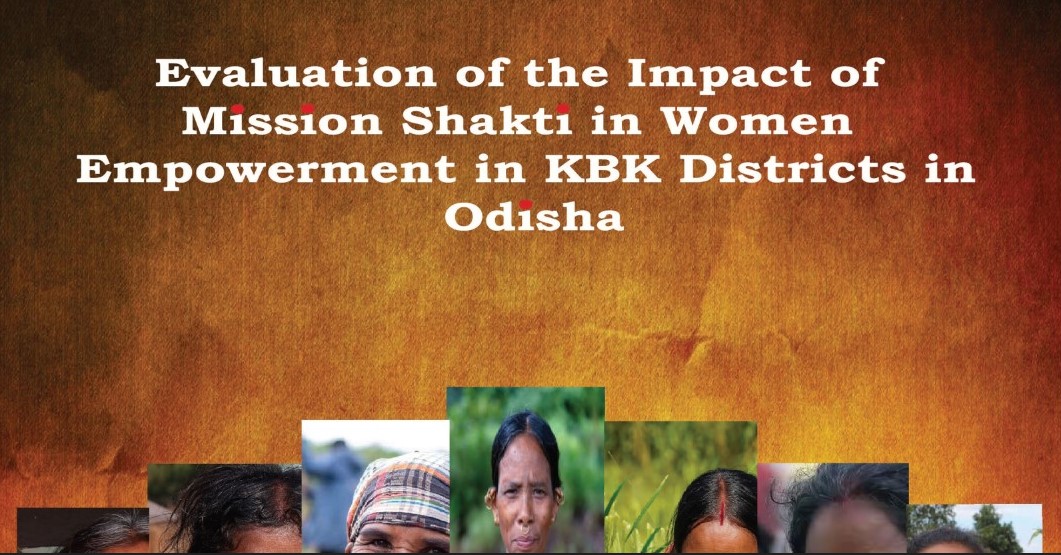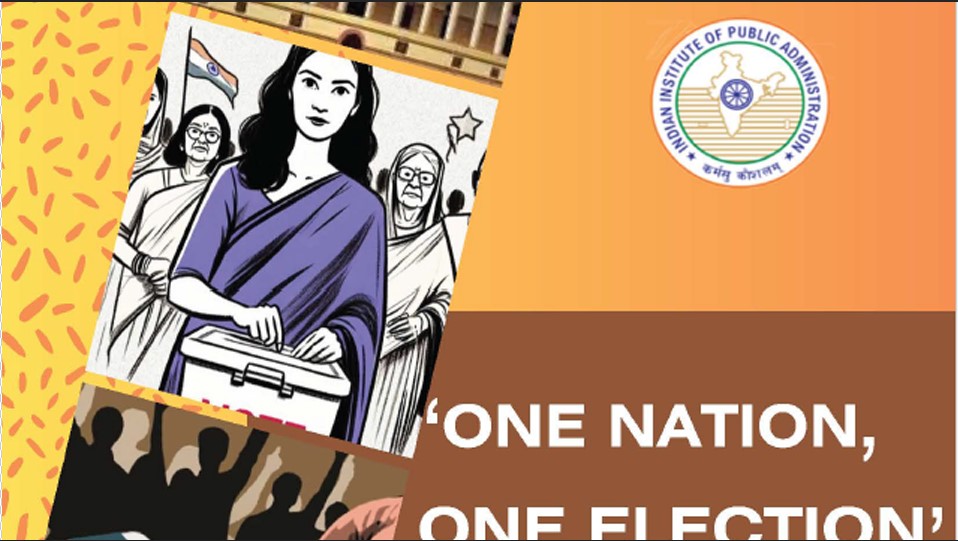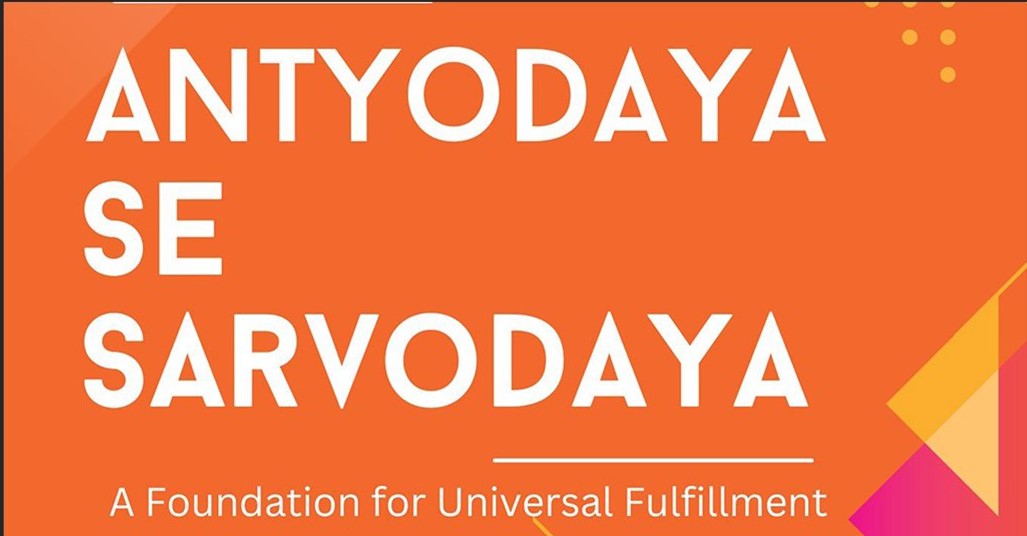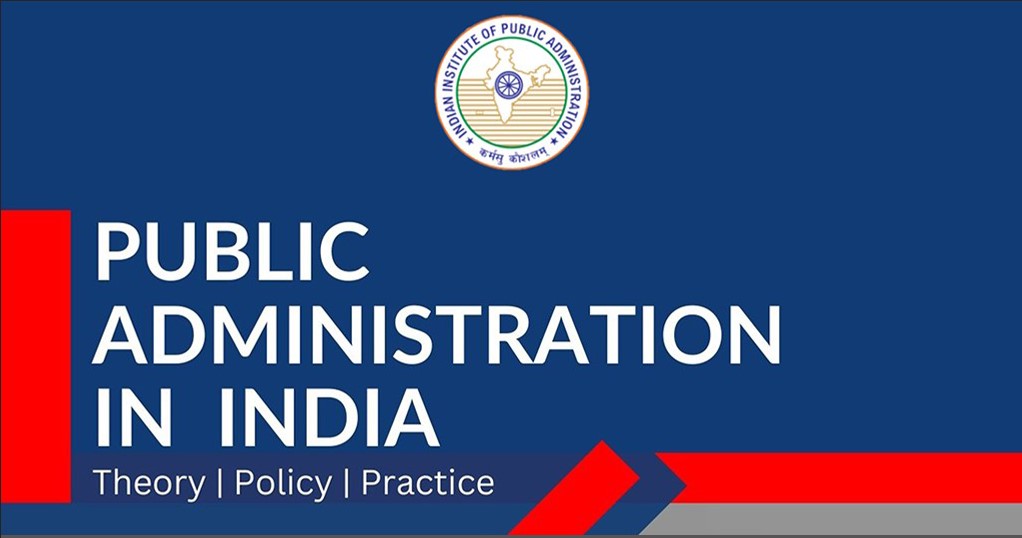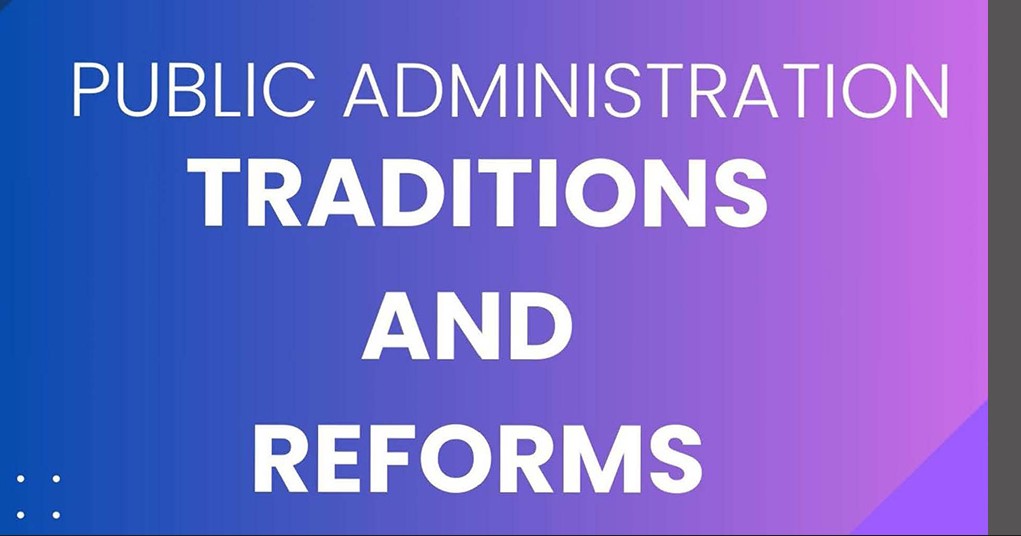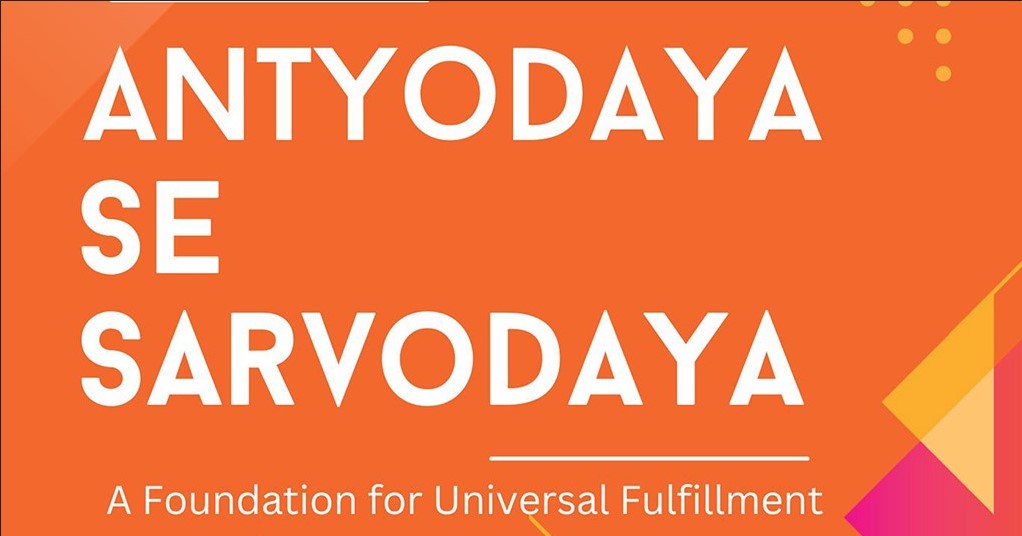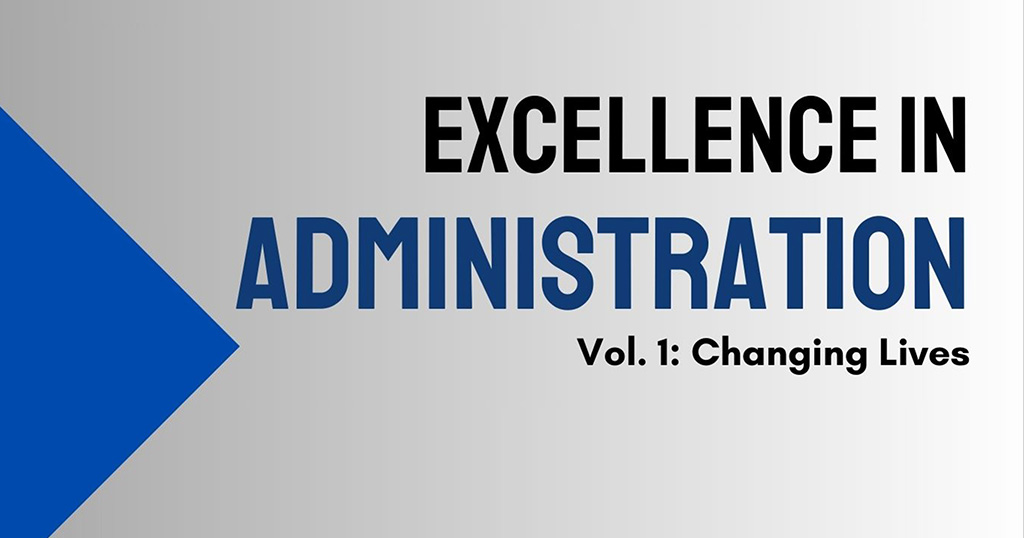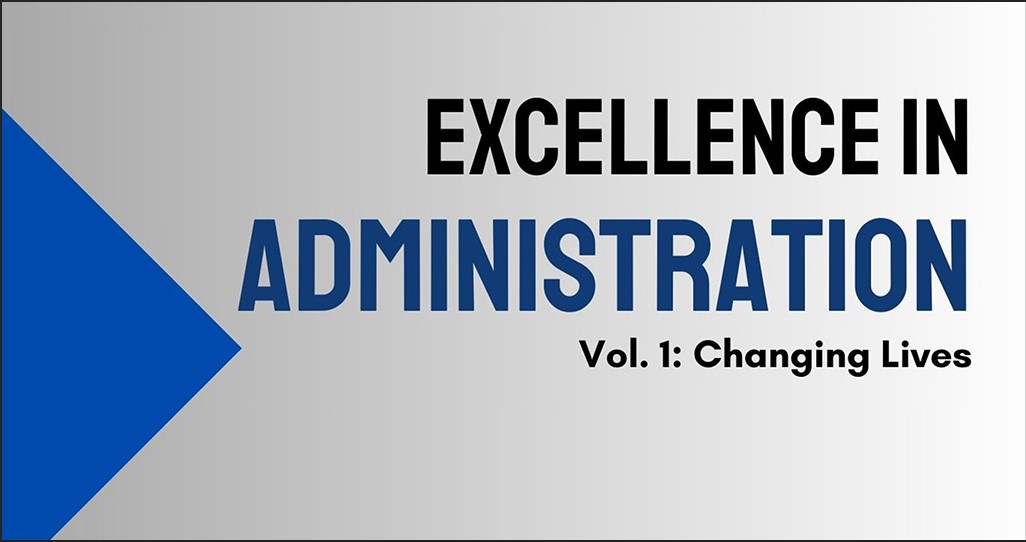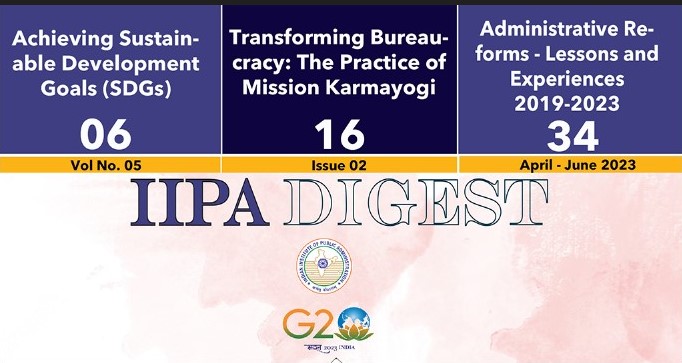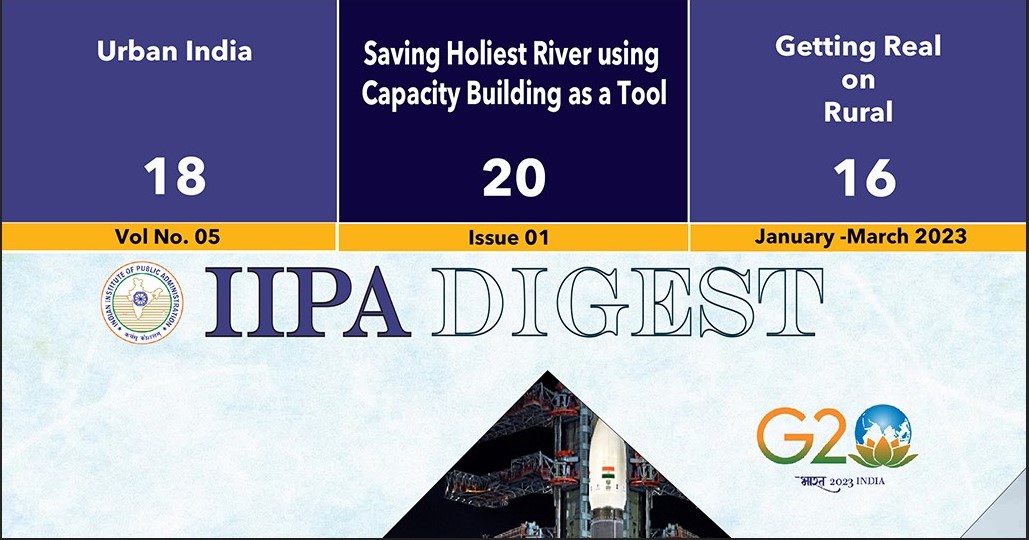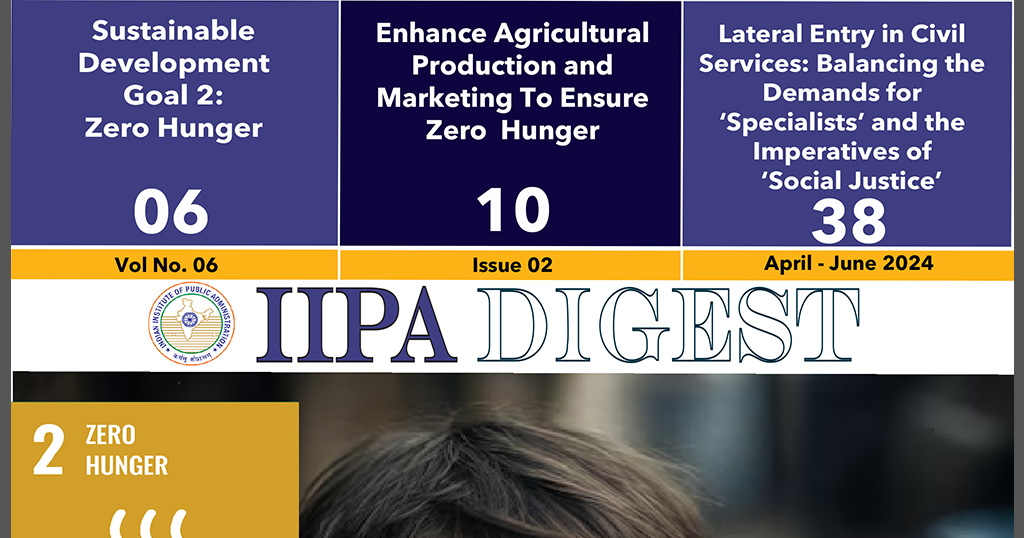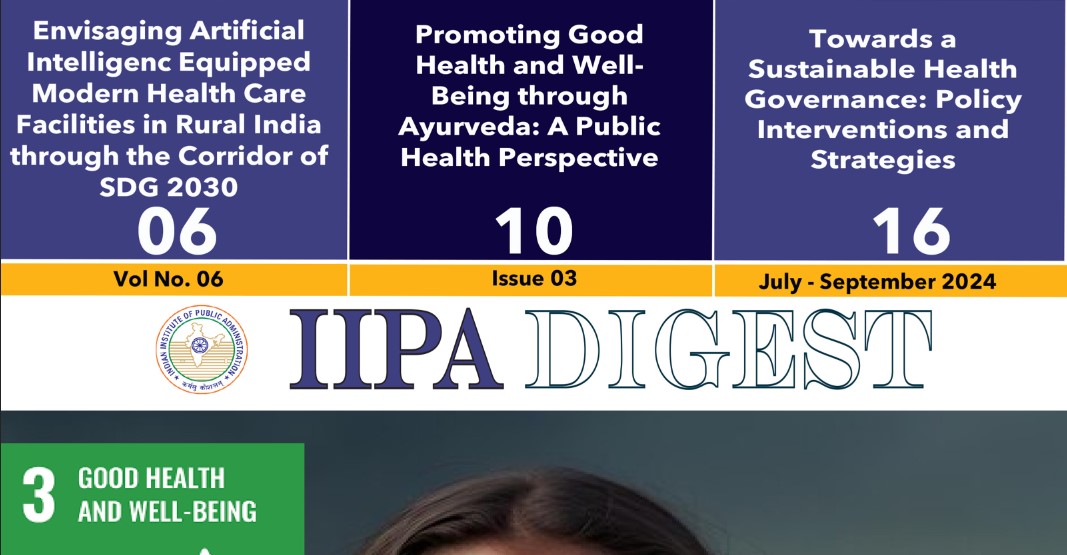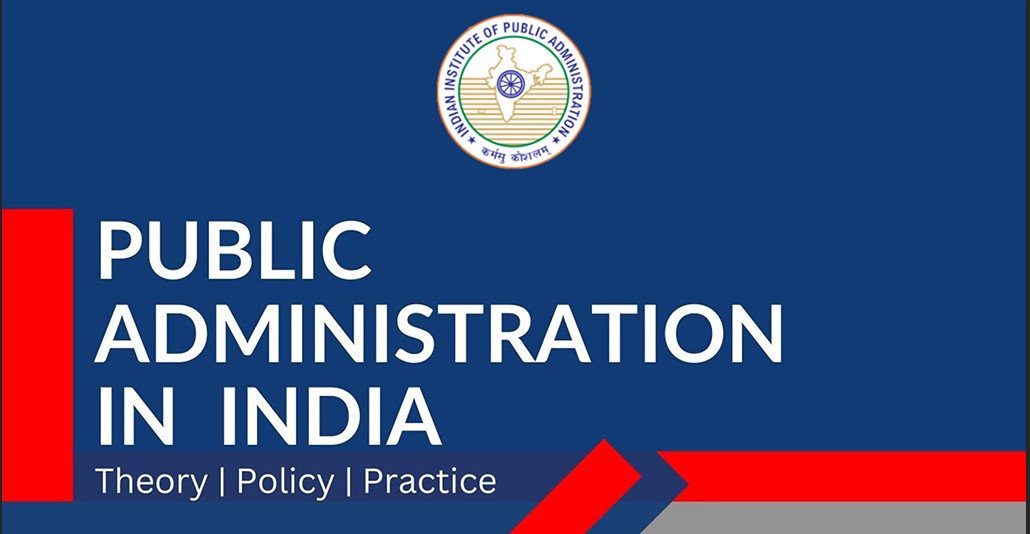Aspirational District Programme (ADP): A Comparative Study of Holistic Development in Baramulla and Bastar Districts
Introduction
In the vast and diverse landscape of India, regional disparities in development have long posed significant challenges to achieving equitable growth and social justice. Recognizing the urgent need to address these disparities, the Government of India launched the Aspirational Districts Programme in January 2018. This strategic initiative aims to uplift the socio-economic conditions of the country’s most underdeveloped districts by fostering participative governance, promoting competitive federalism, and encouraging districts to learn from one another. The ADP targeted 112 districts identified as lagging in key development indicators, focusing on critical areas such as health, education, nutrition, agriculture, and basic infrastructure.
The ADP is not merely a top-down approach to governance; it embodies a philosophy of empowerment and collaboration. By emphasizing the importance of local governance and community participation, the programme seeks to create a sense of ownership among citizens, enabling them to actively engage in the development process. This participatory model is crucial for addressing the unique challenges faced by each district, as it allows for tailored interventions that resonate with local needs and aspirations.
In 2022, Baramulla district in Jammu & Kashmir was awarded PM AWARD FOR Excellence in Public Administration for its exemplary performance under the ADP, showcasing significant advancements in health, nutrition, education, and infrastructure development. Conversely, Bastar district in Chhattisgarh, marked by socio-economic challenges and the impact of left-wing extremism, presented a contrasting case. Despite being designated as an aspirational district, Bastar continued to grapple with issues that hindered its development trajectory.
This study aimed to conduct a comparative analysis of the implementation of the ADP in Baramulla and Bastar, focusing on key development indicators in health, education, and basic infrastructure. By examining the factors that contributed to Baramulla’s success and the barriers faced by Bastar, this study sought to generate evidence-based recommendations for enhancing the ADP’s impact in similar regions. The findings not only shed light on the effectiveness of the ADP but also provide valuable insights for policymakers and practitioners working towards achieving sustainable development goals in India.
In summary, the ADP represented a transformative approach to governance, aiming to bridge regional disparities and empowers marginalized communities. Through a detailed exploration of Baramulla and Bastar, this study highlights the successes, challenges, and lessons learned from the implementation of this ambitious programme, ultimately contributing to the discourse on equitable development in India.
Framework of ADP
The ADP was designed with the primary objective of addressing developmental disparities in India by uplifting the socio-economic conditions of the country’s most underdeveloped districts. The programme aims to improve participative governance, foster competitive federalism, and empower local communities by actively involving citizens in the decision-making process. To achieve these objectives, the ADP employs a robust framework that emphasizes data-driven governance, utilizing real-time data to monitor progress and outcomes across key indicators such as health, education, nutrition, and basic infrastructure. By promoting collaboration among various stakeholders including government agencies, local administrations, and community members the ADP encourages the sharing of best practices and the adoption of innovative solutions tailored to the unique challenges faced by each district. This integrated approach not only facilitates transparency and accountability but also fosters a spirit of healthy competition among districts, ultimately driving holistic development and improving the quality of life for marginalized populations.
Literature Review
Michael Green and Dr. Amit Kapoor (2020) noted that the ADP effectively shifted the focus from outputs to outcomes, emphasizing the evaluation of socio-economic measures such as malnutrition, skilling, and learning. This outcome-based evaluation framework is crucial for assessing the programme's impact and understanding the benefits experienced by participants. The study underscores the importance of data dissemination, which incentivizes government officials to deliver results in a timely and expert manner.
The United Nations Development Programme (UNDP) appraisal of the ADP in 2021 revealed a positive correlation between the programme's parameters and the Sustainable Development Goals (SDGs). The ADP achieves this alignment through real-time e-monitoring of data, which facilitates partnerships and collective action among various stakeholders. This collaborative approach has positioned the ADP as a global example of effective sub-national governance, demonstrating its replicability not only within India but also across other nations.
NITI Aayog's "Deep Dive – Insights from Champions of Change" report, published in June 2018, examined the relevance of the ADP in the context of evidence-based governance. The report emphasized the necessity for district teams to have access to current data, enabling them to fine-tune their responses and improve the impact of their efforts. The ranking of districts based on progress serves as a motivational tool, fostering a sense of competition among teams while identifying sector-specific challenges that require corrective measures.
Michael E. Porter and Scott Stern (2019) highlighted the impact of governance in their assessment of the ADP. They found that the programme supports active collaborations among multiple levels of governance within each district, utilizing public-private partnerships to enhance transparency and communication. This stakeholder-oriented approach empowers local actors and fosters a shared understanding of outcome-oriented metrics and data.
Shreya Sinha (2020), argues that while the programme acknowledges the importance of quality of life, the ranking system primarily emphasizes coverage and access. Furthermore, she points out that structural developmental issues, such as caste, tribe, religion, and gender inequalities, have not been adequately addressed by the programme.
A report by the Expert Group to the Planning Commission in 2008 highlighted the administrative vacuum in regions affected by left-wing extremism, emphasizing the need for effective governance and sustainable development with equity in tribal areas. This context is particularly relevant for districts like Bastar, which face unique challenges that hinder their progress.
Sandip K. Agarwal and Shubham Mishra (2021) , evaluated the impact of the ADP on health and nutrition outcomes. Their findings indicated a positive impact on maternal health, with an increase in the percentage of home births attended by skilled birth attendants and improvements in family planning measures.
In the realm of education, Dr. Meenal Annachhatre and Dr. Manasi Gore (2022), highlighted the importance of investing in educational infrastructure to facilitate long-lasting economic development.
Despite the increasing attention on the Aspirational Districts Programme, significant gaps persisted in the literature regarding its implementation and outcomes across diverse contexts. Most studies provided broad assessments of the ADP's effectiveness but failed to conduct in-depth comparative analyses of individual districts, particularly those with contrasting socio-economic conditions like Baramulla and Bastar. Additionally, there was a lack of qualitative research that captured local community experiences and perceptions, which were crucial for understanding the programme's real-world impact. This study aimed to bridge these gaps by offering a detailed comparative analysis of the ADP's implementation in Baramulla and Bastar, focusing on the specific factors influencing success and the challenges faced in each district. By incorporating both quantitative and qualitative data, this research provides actionable insights that could inform targeted interventions and enhance the effectiveness of the ADP in similar regions
The Study
The primary objectives of this study were to analyse the content and evolution of the District Action Plans (DAPs) in Baramulla and Bastar, focusing on key development indicators in health, education, and basic infrastructure. Additionally, the study aimed to conduct a comparative evaluation of the implementation of ADP in both districts, assessing their overall progress and contributions to development indicators. It sought to identify and analyse the factors that contributed to the differing levels of success in the ADP's implementation in Baramulla and Bastar, ultimately generating evidence-based recommendations to refine the ADP and enhance its impact on similar regions in future initiatives. In order to effectively guide the investigation, the following research questions were formulated:
• How had the targets of the District Action Plans in Baramulla and Bastar evolved, and what influence did they have on the outcomes of the Aspirational Districts Programme (ADP) in these regions?
• What were the differences in the implementation of the ADP between Baramulla and Bastar districts, and how did these differences affect overall progress and development in each district?
• What specific factors contributed to variations in the success of the ADP implementation between Baramulla and Bastar?
• What evidence-based recommendations could be formulated to enhance and refine the ADP for similar regions in future initiatives?
Methodology
This study employed a mixed-methods approach to analyze the implementation and outcomes of the ADP in two contrasting districts: Baramulla in Jammu & Kashmir and Bastar in Chhattisgarh. Baramulla was selected for its effective governance and community engagement, which have led to notable advancements in health and education, while Bastar was chosen for its socio-economic challenges and the impact of left-wing extremism. There were 154 respondents including district officials, health workers, educators, and community members. This comprehensive data collection aimed to identify the specific factors influencing the success of the ADP in Baramulla and the barriers faced by Bastar, focusing on key development indicators related to health, education, and basic infrastructure.
A Comparison
The findings from the comparative analysis of ADP in Baramulla and Bastar focus on key development indicators in health, education, and basic infrastructure, highlighting the disparities in performance between the two districts. Based on data collected from the Champions of Change Dashboard and other relevant sources, it provides a comprehensive overview of the progress made since the inception of the ADP.
1. Comparative Delta Ranking
Table 1: Comparative Delta Ranking as per the Indicators of Champions of Change Dashboard (Data as of January 2024)
The comparative delta ranking analysis reveals significant disparities in the performance of Baramulla and Bastar under the ADP. Baramulla ranks 34th overall, significantly higher than Bastar's 51st position, indicating more effective implementation of the programme. While Bastar shows a higher percentage improvement since inception at 20.63% compared to Baramulla's 17.1%, this reflects its lower baseline conditions. Baramulla's composite score of 58.6 also surpasses Bastar's 55.2, highlighting its overall effectiveness in addressing developmental indicators. In terms of specific themes, Baramulla ranks 44th in health and nutrition, markedly better than Bastar's 89th. Both districts perform well in education, with Baramulla at 6th and Bastar at 8th, but Baramulla excels in basic infrastructure, ranking 2nd compared to Bastar's 7th. This analysis underscores the need for targeted interventions in Bastar, particularly in health and nutrition, to enhance its overall performance in future assessments.
2. Infrastructure Development
Table 2: Comparative Infrastructure Outcomes (2021-2023)
Table 2 illustrates that Baramulla has superior infrastructure compared to Bastar. Nearly all villages in Baramulla have good road access (98%), while many in Bastar do not (67%). Additionally, a higher percentage of households in Baramulla have access to tap water (82%) compared to Bastar (61%). Baramulla also demonstrates greater access to online services through Common Service Centres (CSCs) and a higher percentage of pucca housing (79% vs. 54%). These infrastructure advantages contribute to a better quality of life for residents in Baramulla, facilitating easier access to essential services and promoting overall well-being.
3. Educational Attainment
Table 3: Educational Infrastructure Comparison
Table 3 highlights key differences in educational infrastructure between Baramulla and Bastar. Baramulla has a more favourable pupil-teacher ratio (1:28) compared to Bastar (1:43), indicating a better capacity for individualized attention in classrooms. Furthermore, a higher percentage of classrooms in Baramulla are equipped with digital learning tools (68%) compared to Bastar (29%). The enrolment of girls in schools is significantly higher in Baramulla (91%) than in Bastar (67%), reflecting a commitment to gender equity in education. Additionally, Baramulla has a greater percentage of students receiving skill training (23%) compared to Bastar (9%), suggesting more resources and opportunities for students in Baramulla.
4. Comparative Delta Ranking in Key Sectors
Table 4: Comparative Delta Ranking from 2018 to 2024
The analysis of the ADP in Baramulla and Bastar from 2018 to 2024 reveals significant disparities in performance across key indicators. In health and nutrition, Baramulla achieved a 25.8% increase in full immunization rates, while Bastar saw a modest increase of 9.2%. Baramulla also reduced the percentage of underweight children by 17.3%, compared to Bastar's reduction of 5.8%. In education, Baramulla improved functional school toilets by 29.9%, while Bastar's improvement was only 12.5%. Baramulla's girls' secondary enrolment increased by 16.1%, whereas Bastar's increase was just 6.3%. In terms of basic infrastructure, Baramulla achieved a 43.3% increase in household electrification, while Bastar's increase was 23.2%. The findings indicate that Baramulla has significantly outperformed Bastar across all key indicators of the ADP, underscoring the need for targeted interventions in Bastar, particularly in health and nutrition, to enhance its overall performance in future assessments.
Challenges in Implementation
Both districts face unique challenges that impact the implementation of the ADP, which can hinder progress and affect the overall effectiveness of the programme.
Baramulla
i. Political Unrest: Baramulla has experienced periods of political instability and unrest, which can disrupt development initiatives and affect community participation. The volatile security situation in the region often leads to uncertainty, making it difficult for local administrations to implement programmes effectively.
ii. Resource Allocation: While Baramulla has made significant progress, challenges related to the equitable distribution of resources persist, particularly in remote areas. Limited financial resources can impede the timely execution of development projects and the maintenance of existing infrastructure.
iii. Community Engagement: Although Baramulla has demonstrated higher levels of community engagement compared to Bastar, there are still segments of the population that remain unaware of the ADP and its benefits. This lack of awareness can limit participation and support for initiatives aimed at improving local conditions.
iv. Infrastructure Maintenance: Despite advancements in basic infrastructure, Baramulla faces challenges in maintaining and upgrading existing facilities. Inadequate maintenance can lead to the deterioration of infrastructure, which may negatively impact service delivery in health, education, and other sectors.
Bastar
i. Left-Wing Extremism: The presence of left-wing extremism in Bastar poses significant challenges to development efforts. This socio-political issue disrupts supply chains, hinders access to remote areas, and creates an environment of fear that can deter investment and community participation in development initiatives.
ii. Low Awareness and Engagement: A significant portion of the population in Bastar remains unaware of the ADP and its associated benefits. This lack of awareness limits community involvement and support for initiatives, making it difficult to achieve the desired outcomes of the programme.
iii. Inadequate Infrastructure: Bastar suffers from poor infrastructure, including inadequate roads, limited access to basic services, and insufficient healthcare facilities. These infrastructural deficiencies pose significant barriers to development and service delivery, making it challenging to implement the ADP effectively.
iv. Socio-Cultural Barriers: The socio-cultural context in Bastar, characterized by tribal customs and practices, can create resistance to change and hinder the adoption of new development strategies. Engaging with local communities and addressing their concerns is crucial for the success of the ADP in this region.
v. Human Resource Gaps: Bastar faces a shortage of qualified personnel in key sectors such as health and education. The lack of trained professionals limits the effectiveness of service delivery and hampers progress in achieving developmental goals.
The comparative analysis highlights significant disparities in health, education, and basic infrastructure outcomes. While Baramulla has made notable progress, the challenges faced by Bastar underscore the need for targeted interventions that consider the unique socio-economic and political contexts of each district. Addressing these challenges is essential for enhancing the effectiveness of the ADP and ensuring that the benefits of development reach marginalized populations effectively.
Way Forward
1. District-Specific Customization
• The grouping of districts should be re-evaluated to consider disparities in development indices and avoid clustering districts with vastly different conditions, such as Wayanad and Bastar.
• District-specific strategies must be developed to address unique challenges, like Left-Wing Extremism in Bastar and cross-border terrorism in Baramulla, while incorporating relevant socio-cultural and geographical factors.
2. Strengthening Data Integrity and Monitoring
• Third-party audits and real-time cross-checking mechanisms should be implemented to ensure the authenticity of uploaded data, especially for PM's Excellence Awards.
• Qualitative indicators, such as learning outcomes and patient satisfaction, should be integrated alongside quantitative metrics to capture holistic progress.
• Digital tools should be leveraged for real-time data tracking and feedback loops, with district-level monitoring cells established to coordinate with blocks, panchayats, and citizens.
3. Human Resource Capacity Building
• Staff shortages should be addressed by incentivizing postings in remote and LWE-affected areas through hardship allowances, career progression benefits, and housing facilities.
• Qualified professionals, such as teachers, doctors, and paramedics, should be recruited and retained through targeted schemes like bonded service contracts or rural service quotas.
• District officials should be trained in developmental governance to shift their focus from colonial-era revenue and security roles to participatory development.
4. Theme-Based Interventions
Basic Infrastructure
• Connectivity should be prioritized through the improvement of public transportation, rail and air links (e.g., Jagdalpur connectivity), and the provision of internet access in gram panchayats.
• The implementation of housing initiatives under the Pradhan Mantri Awas Yojana (PMAY), along with achieving 100% latrine coverage for sanitation and the Har Ghar Jal initiatives, must be expedited through streamlined fund disbursement. Furthermore, solar infrastructure maintenance needs to be prioritized in energy-deficient regions like Bastar.
Health and Nutrition
• Aadhaar-seeding issues should be resolved to ensure that JSY beneficiaries in Baramulla can access their benefits.
• Public-private partnership (PPP) models should be established to strengthen rural healthcare through diagnostic labs and specialist visits.
Education
• Reduce dropout rates (especially among tribal girls in Bastar) through financial incentives, awareness campaigns, and infrastructure upgrades (e.g., toilets, teacher quarters).
• Integrate vocational training and skill development into curricula.
• Upgrade middle schools in remote areas to secondary schools with science/language labs.
5. Participative Governance and Awareness
• Community leaders, self-help groups (SHGs), and local champions should be engaged to disseminate information and foster ownership through a Jan Andolan (People’s Movement), utilizing FM radio, social media, and public debates to amplify outreach.
• Development milestones should be showcased at Anganwadis, schools, and panchayat offices, while feedback mechanisms need to be strengthened by institutionalizing village chaupals, grievance redressal systems, and citizen surveys for real-time input.
6. Policy and Institutional Reforms
• A convergence framework should be established to define modalities for integrating central and state schemes to avoid duplication, while simplifying financial and technical procedures for timely resource utilization and allocating untied funds for innovative local projects and crisis response.
• Efforts should be made to minimize frequent transfers of District Collectors and to institutionalize best practices to reduce dependency on individual officers.
7. Replication and Adaptation of Best Practices
• Adopt Baramulla’s successful models (e.g., multi-level monitoring, outreach programmes like Back to Village) in other districts like Bastar.
• Promote cross-district learning through platforms for sharing strategies while allowing contextual adaptations.
Conclusion
The comparative analysis of the Aspirational Districts Programme in Baramulla and Bastar provided valuable insights into the complexities of implementing development initiatives in diverse socio-economic contexts. Bastar’s struggles with low awareness and entrenched extremism highlighted systemic gaps in participatory governance and resource allocation. The disparities emphasized the need for tailored strategies that addressed the unique circumstances of each district. Bastar's challenges with left-wing extremism, inadequate infrastructure, and low community awareness illustrated the multifaceted barriers to development that required nuanced and context-specific solutions. As policymakers and practitioners reflected on these findings, it became evident that success hinged on balancing quantitative targets with qualitative improvements—empowering local administrators, embedding community voices into policymaking, and recalibrating strategies to address socio-political complexities.
The study advocated for scaling Baramulla’s saturation model in infrastructure while tailoring Bastar’s approach to leverage skill development and conflict-sensitive governance. By institutionalizing real-time monitoring and fostering collaborative federalism, the ADP could evolve into a replicable blueprint for equitable development, aligning with the vision of Sabka Saath, Sabka Vikas.
In conclusion, this study not only highlighted the progress made under the ADP but also called for a renewed focus on equity and inclusivity in development efforts. By addressing the barriers faced by marginalized communities and leveraging the successes of more advanced districts, India could move closer to achieving its vision of sustainable and equitable development for all. The journey toward this goal was ongoing, and it was through collective action, informed by evidence and local insights, that meaningful change could be realized.
References
1. Agarwal., K., S., Mishra., S., Health Impacts of the Aspirational Districts Programme in India: Evidence from district level NFHS-5 data doi:
https://doi.org/10.1101/2023.07.27.23293263 accessed through
https://www.medrxiv.org/content/10.1101/2023.07.27.23293263v1.full
2. Dr Annachhatre., M., Dr Gore., M., Assistant Professor, Aspirational Districts Programme (ADP): Unlocking Potential through Fiscal Federalism, Dept. of Economics, Savitribai Phule Pune University accessed through https://tojdel.net/journals/tojdel/articles/v11i02/v11i02- 32.pdf
3. Centre for social and behavioural change, Ashoka University, (2022)“Stories of change from India’s Aspirational Districts, Use of Behavioural insights” accessed through NITI Aayog official website
4. Esposito M (2023), “The Aspirational District Programme in India and the Emergence of Innovative Practices for Local Governance” The India Dialog Working Paper Series, Working Paper (WP–2023–006 June, 2023, US Asia Technology Management Center, Stanford University accessed through https://papers.ssrn.com/sol3/papers.cfm?abstract_id=4676837
5. Green, M., & Kapoor, A., (2020), “An Assessment of Aspirational Districts Programme”, Institute for Competitiveness accessed through NITI Aayog official website
6. Krishna, M., Panjab University Backward area development programmes in India – a geographic appraisal accessed through https://shodhganga.inflibnet.ac.in:8443/jspui/handle/10603/83530
7. NITI Aayog (2018)“Deep Dive – Insights from Champions of Change – The Aspirational districts dashboard” accessed through NITI Aayog official website
8. NITI Aayog(2022) “Transformation of Aspirational Districts – A New India 2022” accessed through NITI Aayog official website
9. Rishi.,S., Prasad., U., Shah., S., Ashrit., R., R.,Aspirational District Programme: Data-Driven Catalysis of Grassroots Socio-Economic Improvement, Impact and Policy Research Review (IPRR), IPRR Volume 2 Issue 1 (January - June 2023) accessed through
https://iprr.impriindia.com/wp-content/uploads/2023/10/IPRR_V2I1-Jan- June-2023-Full-Issue.pdf#page=14
10. Planning Commission Expert Group Report 2008
https://tribal.nic.in/downloads/Statistics/OtherReport/DevelopmentChallengesi nExtremistAffectedAreas.pdf
11. Sarkar, T., Mishra, M., & Singh, R.B, (2021),” Managing the Regional Inequalities in India with Particular Reference to the Transformation of Aspirational Districts Programme”, 17 Nov 2021 Part of the Advances in Geographical and Environmental Sciences book series (AGES).
12. Scott., S., Porter., M., E. (2019), An Evaluatement of Aspirational District Programme accessed through https://socialprogress.blog/an- evaluatement-of-the-aspirational-districts-programme/
13. Sinha S(2019), “Is the Aspirational Districts Programme Merely A Political Device?” Vol. 54, Issue No. 3, 19 Jan, 2019 Economic and Political Weekly accessed through https://www.epw.in/engage/article/is- the-aspirational-districts-programme-merely-a-political-device- development
14. Tewari S (2022), “Status and Scope of Industrial Development in Aspirational Districts of India” 256 Working Paper, Institute for Studies in Industrial Development accessed through
https://isid.org.in/wp- content/uploads/2023/01/WP256.pdf
15. UNDP (2020), “Aspirational Districts Programme – An Appraisal” accessed through NITI Aayog official website
16. https://baramulla.nic.in
17. https://bastar.gov.in
18. https://darpg.gov.in
19. https://niti.gov.in/aspirational-districts-programme
20. https://pmawards.gov.in/login
Leave a comment
More articles from Governance & Polity
